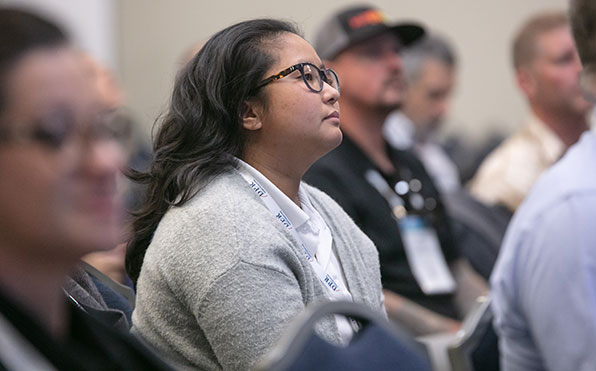New to Lean

New to Lean? You are in the right place.
Adopting Lean is often described as a journey – we all start unaware and work toward mastery. Once your team learns about the power of Lean to increase value and decrease waste on projects, you’ll want to join LCI’s mission to transform the AEC industry.


We’re All Better Together
Lean thinking, processes and behaviors can integrate our siloed industry into high-performing, success-oriented teams that foster collaboration between all project participants from owners to trade partners. Together we can empower everyone in our industry to create more efficient, safe, collaborative, innovative and, ultimately, more successful work.
Resources for Lean Beginners

Transforming Design & Construction – a framework for change
LCI’s flagship publication is the go-to guide for the Lean beginner. Read the first and most popular book in the Transforming Design and Construction series to gain a high-level understanding of various Lean principles, strategies and methods. Preview the book by downloading the first chapter – Lean Construction Overview.








